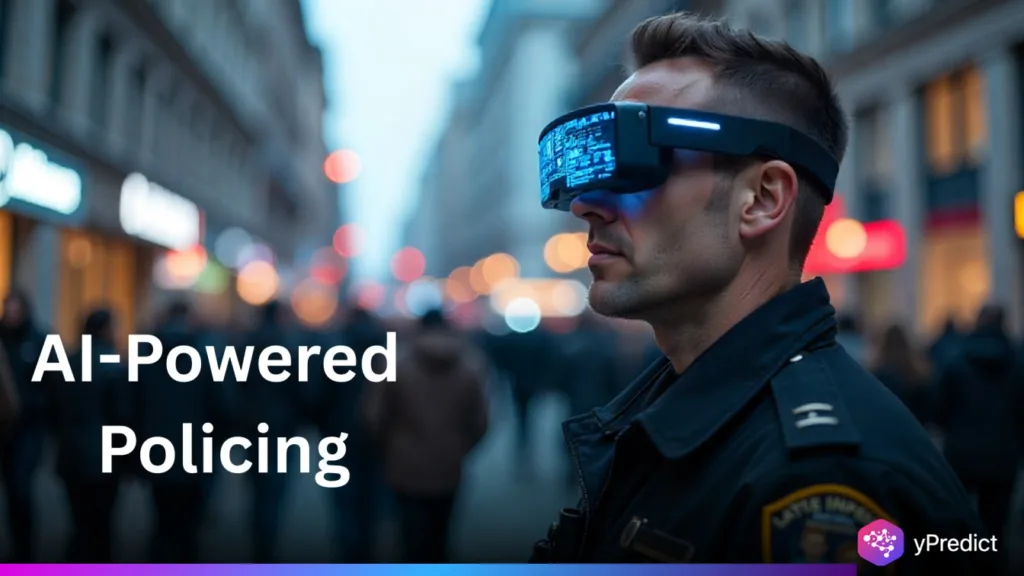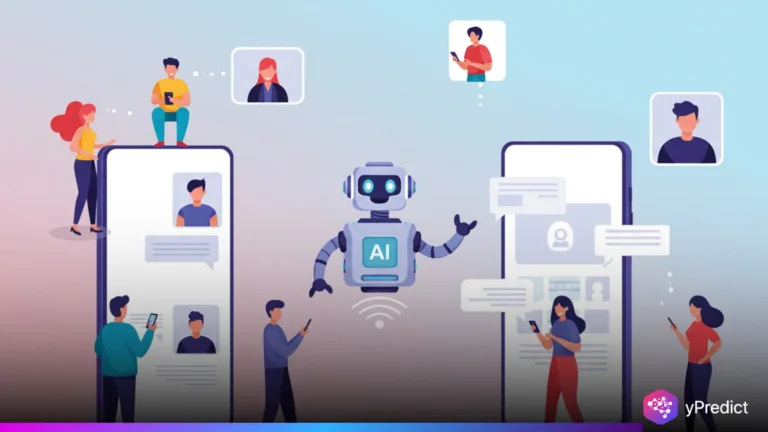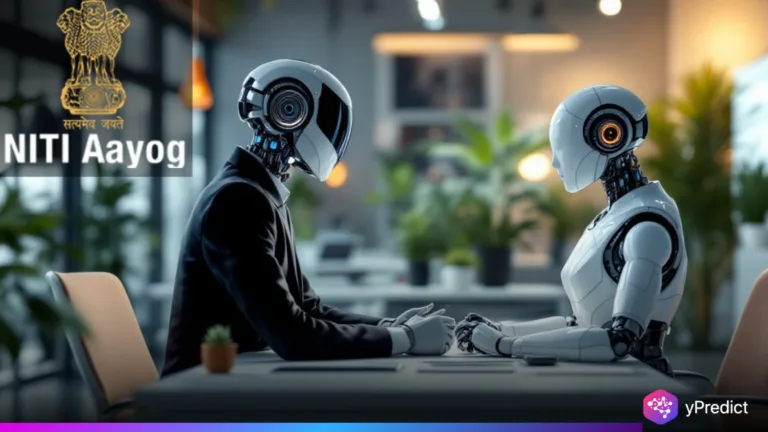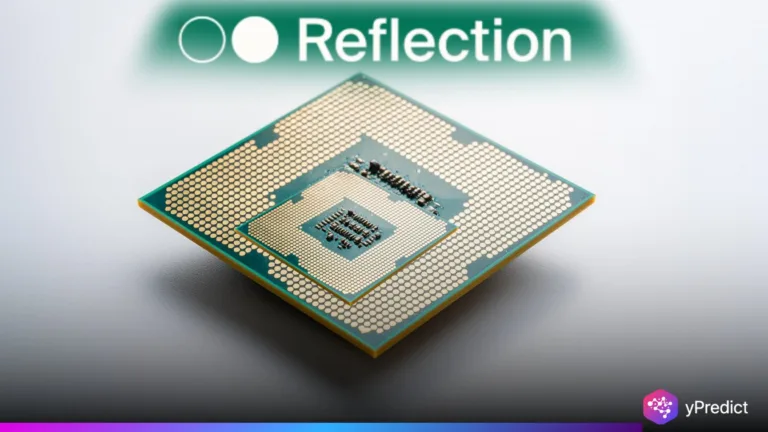
Police in Hangzhou, China, are deploying AI glasses to scan cars and faces in real time. A new video, tweeted on October 5, 2025, shows officers instantly recognizing drivers, plates, and offenses. The AI glasses link directly to national databases, allowing cops to respond to alerts in seconds. No tablets. No scanners. Just a glance. Here’s China’s latest move to merge AI and surveillance. What began as facial recognition glasses in 2018 has matured into full information-connected enforcement weaponry, producing, for example, quicker law enforcement, but also more serious worries about privacy and autonomy.
Smart Policing in Action
In the clip, a traffic officer sporting AI glasses pulls a car over. He stares down at the plate, data firing inside the lens, registration, insurance, owner history. A cursory glance reveals absent filings. Within minutes, the officer sends the driver to a campus checkpoint. It’s effortless and fast.
These AI glasses operate as a handheld data terminal integrated with your sight. They extract live data from national databases, displaying whether the car is stolen or if the driver is wanted. It’s all real-time, hands-free, and automatic.
Hangzhou is already famous for its “City Brain” project, an AI-optimized traffic and safety system that parses billions of data points every day. But supplementing that with AI glasses gives officers a direct connection to that network. Together, they form one of the world’s most networked policing systems.
Advocates argue that this technology enhances productivity and security. Critics call it overreach. And both are right, because it’s doing both.
Privacy and Control Concerns
Hangzhou’s AI glasses are popular – and that popularity poses difficult questions. What level of surveillance constitutes too much? What if every look is data? These devices don’t just scan cars; they connect people, places, and records into a single stream.
China has devoted 10 years to scaling its surveillance ecosystem. Millions of CCTV cameras already track faces and movement. With the addition of AI glasses, that means now even the individual officers can tap into that same network in real time. This shifts surveillance from street corners to eye level.
Human rights groups caution that these tools could intensify state control, particularly over minorities and dissidents. Predictive policing algorithms, which are already controversial around the world, can exacerbate bias if unrestrained. The government dubs it “smart safety.” Skeptics consider it ‘digital control.
Other countries are watching closely. Police in the UK and the US have trialled equivalent tools but encountered resistance over privacy concerns. Hangzhou’s rollout demonstrates just how far one government is prepared to go.
Conclusion
AI glasses in Hangzhou illustrate how quickly policing tech is evolving. They tout security, efficiency, and analytics, but they also raise concerns about privacy and trust. China’s extended drive toward smart cities and complete data integration leaves this a natural next step. Still, it’s a reminder that convenience is often not free. The trade-off between efficiency and freedom is becoming more acute. And though the AI glasses streamlined enforcement, they also personalized surveillance, quite literally through the eyes of the state.






